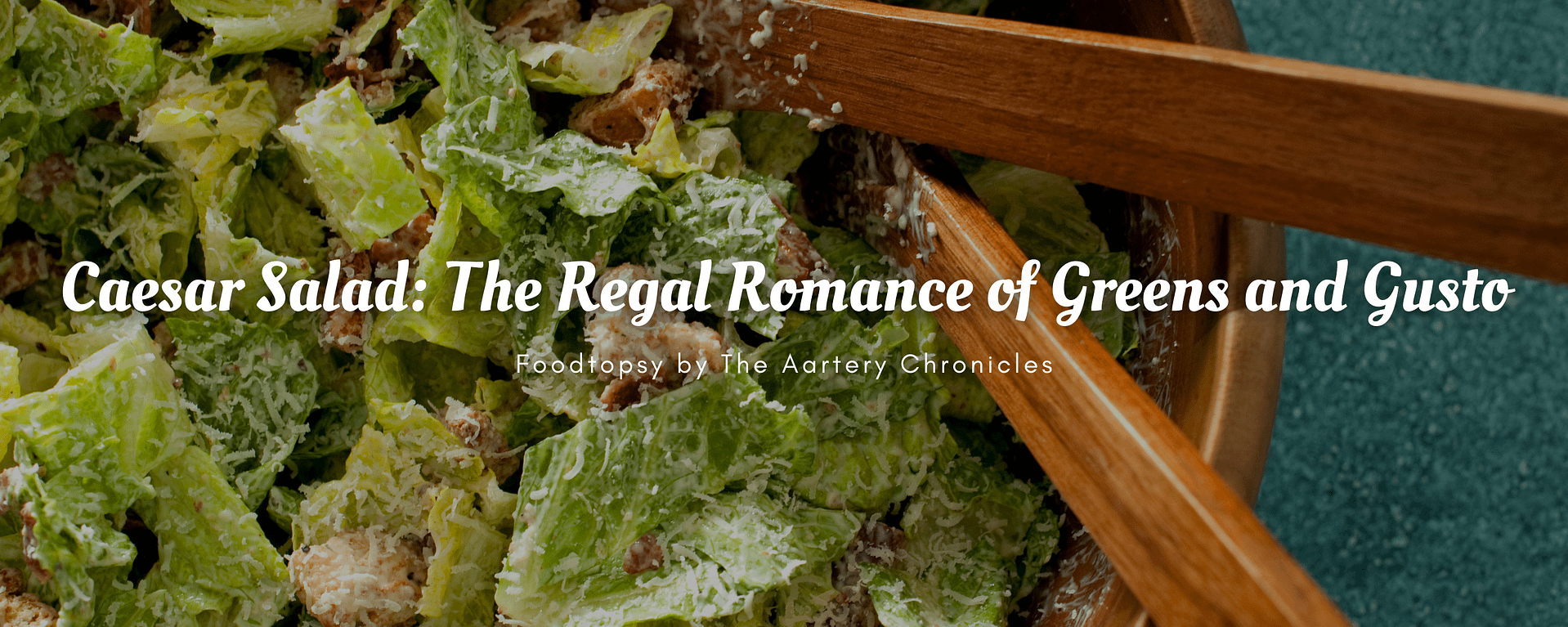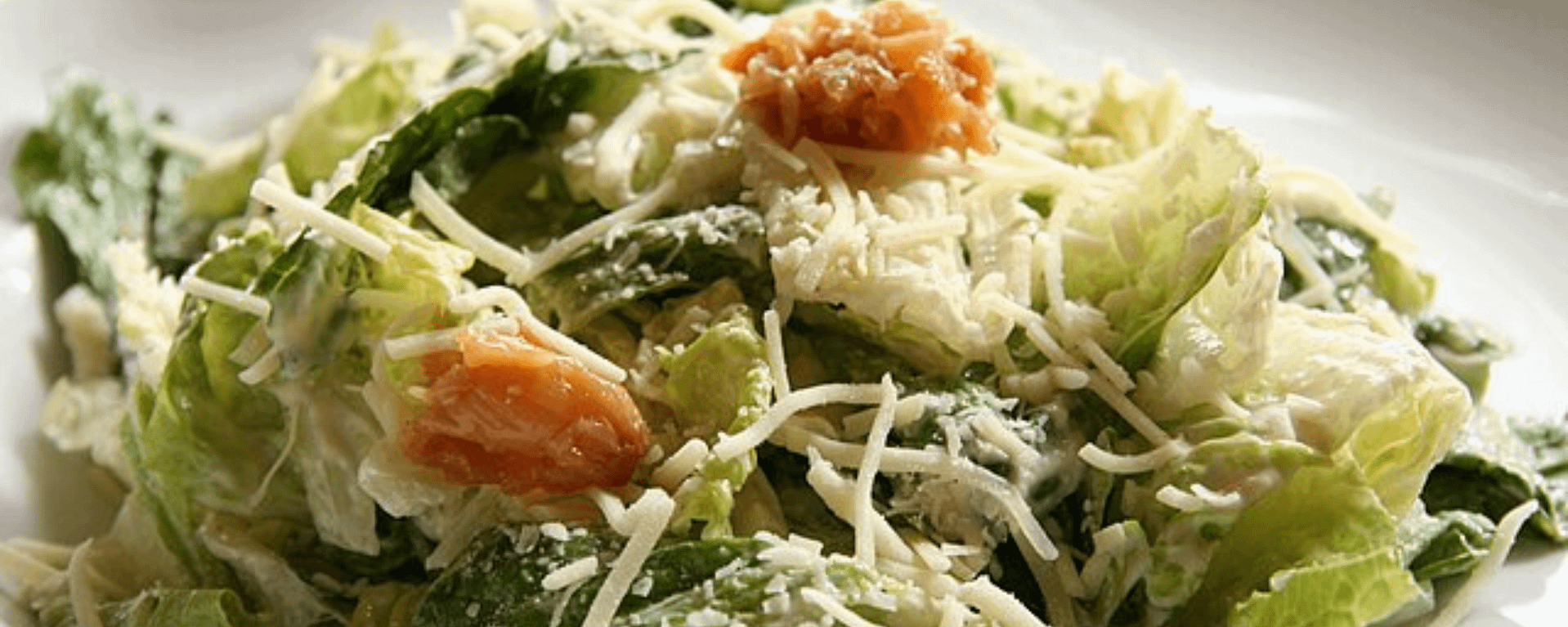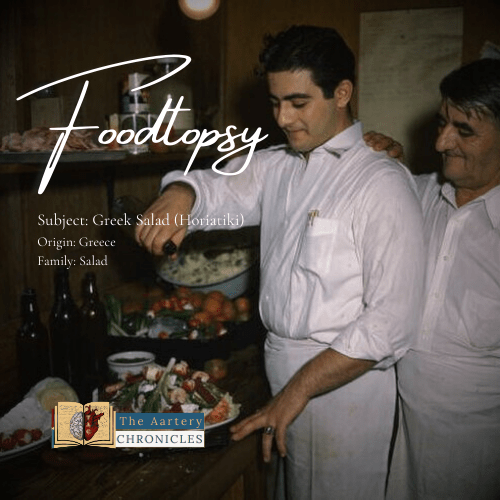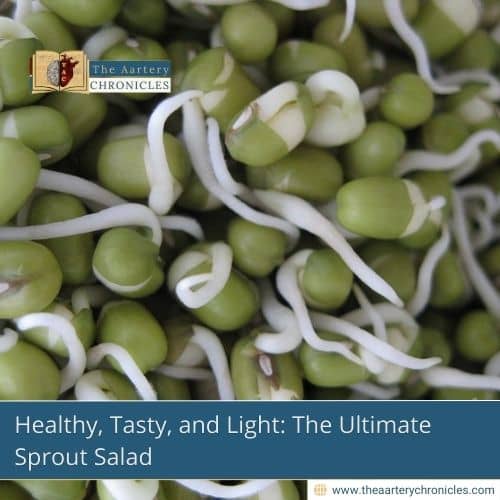

Foodtopsy: Caesar Salad: The Regal Romance of Greens and Gusto
Welcome to Foodtopsy, your savoury odyssey through the world of culinary wonders! Read through as we untangle the mysteries and stories behind diverse gastronomic delights, exploring the tastes, textures, cultural importance, and health benefits that make each dish a unique culinary experience.
In this edition, we delve into the world of the iconic Caesar Salad—a crisp, creamy, and flavour-packed creation that bridges the elegance of fine dining with the simplicity of rustic charm. Journey with us as we uncover the rich history, unique preparation, global adaptations, and nutritional allure that make the Caesar Salad not just a dish, but a culinary classic with enduring appeal.
In the delicate dance of culinary classics, few dishes evoke as much reverence and reminiscence as the Caesar Salad. It is a dichotomy on a plate—elegantly simple, yet richly indulgent; crisp and green, yet creamy and bold. Unlike salads that whisper health in quiet monotones, the Caesar speaks—no, sings—in layered notes of texture, tang, and tradition.
As a medical professional and an unabashed lover of food, I’ve always believed that what nourishes the body should also stir the soul. The Caesar Salad, in all its creamy, crunchy, and savoury splendour, is a beautiful reminder that health and indulgence need not be opposing forces. With the right balance and a mindful touch, even a dish born of improvisation can become a timeless celebration of flavour and wellbeing.
To me, the Caesar is not just a salad—it’s a story of resourcefulness, a lesson in restraint, and an invitation to savour life’s simple luxuries without guilt. In every forkful lies the potential to eat smart, live well, and still delight in the richness of real food.
So, whether you’re a nutrition enthusiast, a curious home cook, or a fellow gourmand in a white coat—I hope you’ll never underestimate the quiet power of a good salad done right.
- Dr Darshit Patel

A Salad Born of Serendipity
The Caesar Salad was not birthed in an opulent European kitchen, but in 1924 in the bustling border town of Tijuana, Mexico, during the Prohibition era. Italian immigrant chef Caesar Cardini, short on ingredients and long on guests, conjured a dish from what little he had. What began as improvisation became legend.
The original version was theatrical—a tableside ritual involving whole romaine leaves tossed with olive oil, coddled eggs, fresh lemon juice, Parmesan cheese, Worcestershire sauce, and a sprinkle of magic. No anchovies. No croutons, yet. Just a masterclass in turning scarcity into splendour.

The Anatomy of Elegance
At first glance, Caesar may appear unassuming. But look closer, and it unfolds like a Renaissance painting—every element deliberate, each flavour a brushstroke of brilliance.
- Romaine Lettuce, crisp and emerald, forms the structural spine of the dish. It is not just a bed for ingredients—it is the bearer of crunch, freshness, and grace.
- The Dressing, that silken alchemy of egg yolk, garlic, olive oil, lemon juice, and Worcestershire sauce, is its heartbeat. Anchovies often lend their oceanic umami to modern versions, though purists still debate their place.
- Croutons, golden and audibly crunchy, provide the textural counterpoint—a reminder that even a salad deserves its drama.
- Parmesan Cheese, finely grated or curled into bold shavings, weaves through the dish like aged wisdom—sharp, salty, irreplaceable.
Together, these elements don’t merely coexist—they harmonise, creating a symphony of taste that’s at once primal and refined.

Texture, Taste, and Theatre
The Caesar is a salad that offers theatre on the tongue. The crackle of romaine against the mellow hush of dressing. The subtle heat of garlic is shadowed by citrus. The surprising depth of a whisper of anchovy. A crunch, a cream, a zing.
It’s this dance of opposing textures and married flavours that sets the Caesar apart from lesser greens. Where other salads beg for add-ons, the Caesar stands tall in its minimalism, confident in its composition.

A Canvas for Creativity
Time has not tamed the Caesar; it has allowed it to evolve. Grilled chicken, blackened shrimp, crisped pancetta, or even kale have all been welcomed into its fold. But the essence remains untouched—a testament to its structural genius.
Chefs around the world now deconstruct it, stack it, and reinterpret it. Some turn it vegan, replacing egg yolk with cashew cream. Others infuse the dressing with Dijon mustard or roasted garlic. And yet, in every version, the soul of the salad—a balance of boldness and restraint—remains.
Nutrition: A Gentle Indulgence
Though not the lightest salad, the Caesar can be adapted to suit the health-conscious. The use of olive oil, lemon juice, and Parmesan adds nutritional value, while modern tweaks like Greek yoghurt-based dressings and whole-wheat croutons bring balance.
High in Vitamin K and folate from romaine, rich in protein and healthy fats with egg and cheese, it serves as a meal that nourishes body and palate alike, provided one exercises moderation with the dressing.
Legacy That Transcends Borders
From its Mexican birthplace to Michelin-starred menus, from home kitchens to haute cuisine, the Caesar Salad has earned its place in gastronomic lore. It is both nostalgic and contemporary, regal yet relatable. A dish that defies trends because it defines them.
When you sit down with a Caesar Salad, you are not simply eating—you are partaking in a century-old celebration of spontaneity, ingenuity, and the belief that even the humblest ingredients, when treated with respect, can become timeless.
Conclusion
At the crossroads of health and indulgence, the Caesar Salad stands tall—a dish born out of chance, yet crafted with instinct and intelligence. It is proof that even the simplest combinations, when thoughtfully prepared, can offer both nourishment and nostalgia.
In the coming chapters of Foodtopsy, we’ll continue exploring iconic salads from around the globe—each with its flavour, philosophy, and function. Because when we understand what we eat, we empower how we live.
Stay tuned, stay inspired—and let your next bite be a mindful one.
“To eat is a necessity, but to eat intelligently is an art.”
La Rochefoucauld
- Dr. Darshit Patel
- Foodtopsy,Salads
- 16 August 2025
- 18:00








